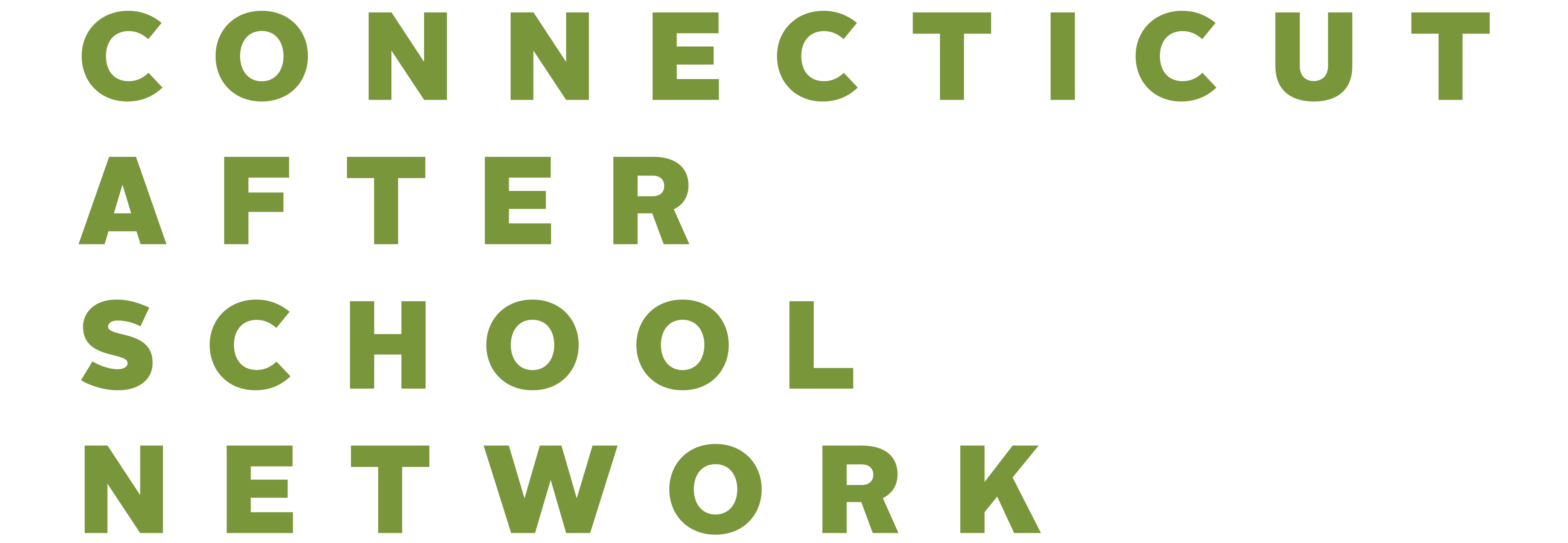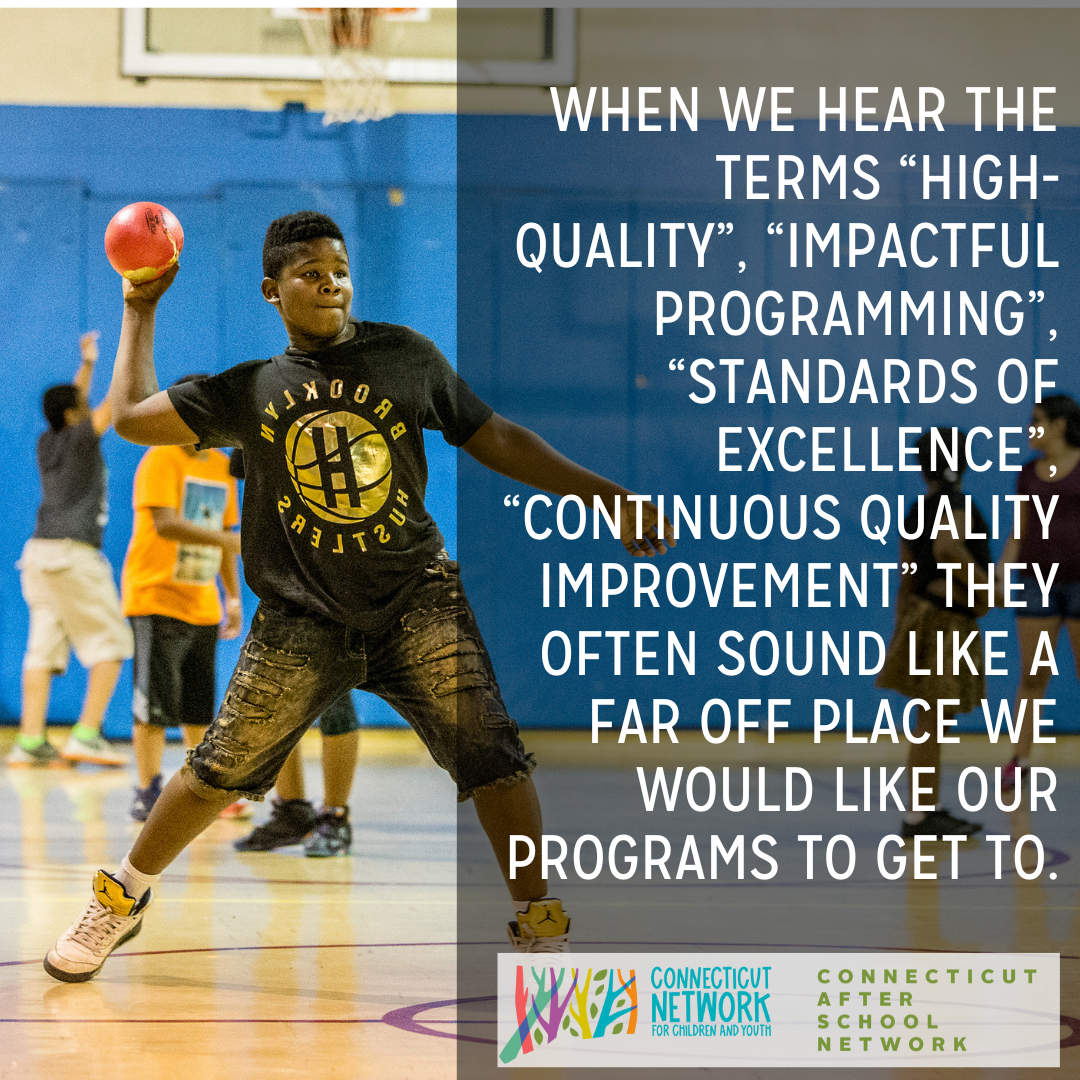When we hear the terms “high-quality”, “impactful programming”, “standards of excellence”, “continuous quality improvement” they often sound like a far-off place we would like our programs to get to. An aspiration, something that takes time, effort, buy-in, and money. In the day-to-day of programming, integrating intentional quality improvement efforts are often challenging due to the time it takes to bring staff up to speed on what the expectations are. Does it sound or feel like something more to do? The language of self-assessment and reflection sound unrealistic in the ebb and flow of an afternoon in afterschool. How do we weave in expectations of what quality programming looks like into overall program improvement?
How staff are supported from the first minute on the job, to direct service, to leadership positions play an important role in determining the overall quality and success of the program. Onboarding is something that has been a challenge over the past few years. In the post-COVID era, the workforce has been transformed. At a recent convention of over 1500 afterschool professionals, the question of those new to the field was raised…over 60% of the audience stood up. What essential elements are needed to support this new workforce, while at the same time providing avenues for leadership and advancement in a growing field.
There are myriad resources available to the field. In a previous post, the National AfterSchool Association (NAA) Core Knowledge and Competencies were highlighted. There are program observation tools such as the National Institute for Out-of-School Time (NIOST) APT Suite and the Weikart Center YPQA. There are also tools that assess social and emotional learning practices called the DESSA and Mini-DESSA by Aperture Education.
In 2018. the Connecticut After School Network developed a self-assessment tool called the CT-QSAT. This was an effort to improve on the 2007 Connecticut After School Program Best Practice Guidelines. The CT-QSAT contains eight areas that help improve overall program quality. These elements are Relationships — Interactions and Engagement, Family and Community Partnerships, Environment, Activities and Programming, Safety, Staffing/Professional Development, Administration/Organization, and Sustainability and Evaluation.
Starting slowly with staff to identify and work on one area using the CT-QSAT tool is a good way to open the conversation on overall program quality improvement. The tool is designed to look both externally at programming, and internally at structures that support that programming such as partnerships, staffing, or sustainability. The interplay between the elements allows programs to build quality efforts and celebrate small wins. Let us know if you need help or support.
Ken Anthony, Ed.D. – kanthony@ctncy.org
Shawna Viola Washington – swashington@ctncy.org

